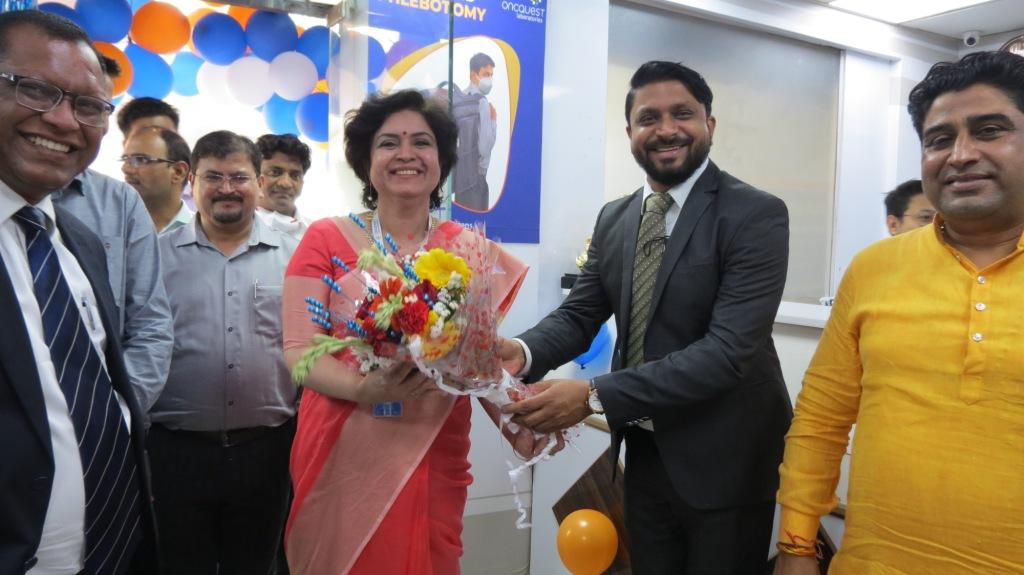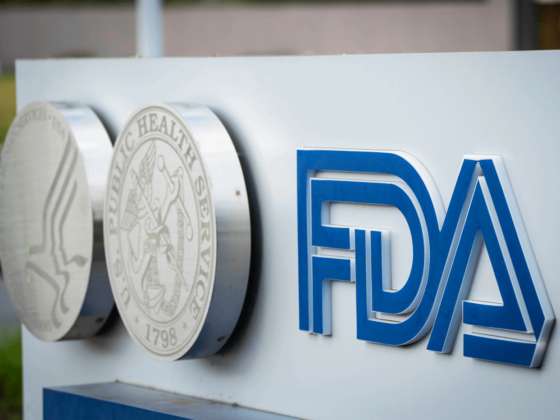A national study by leadingnational social scientists revealed that Indian consumers are ready for warning labels on the front of packaged foods high in nutrients of concern. A randomized control field experiment spanning six states reiterated what public health experts and top doctors have been saying for a while –simple, negative warning labels that clearly identify unhealthy products will work best in reversing the diabetes, hypertension and obesity health crisis.
This study comes at a time when after a hiatus of several years, FSSAI has once again initiated the process of drafting an Front-of-Package Label (FOPL) regulation. Public health experts, doctors and consumer rights groups have warned that India must rely on evidence and science to adopt an effective label design. Undertaken in the interest of public healthby the Indian Institute of Public Science, India’s premier research and learning institute known for itslandmark surveys like the National Family Health Survey (NFHS) and Longitudinal Ageing Survey of India (LASI), the field research was conducted in early 2022. Calling it timely and scientific, Principal Investigator Dr S. K. Singh, Professor at IIPS, Mumbai said, “People have spoken, corroborating the science that we have known all along. Visually arresting, simple, negative warning labels will convey information about the healthfulness of a product and at the same time influence purchasing decisions.Warning labels were the only FOPL that led to a significant change in consumer purchasing decision towards healthier products. It relayed nutrition information most effectively and as we know from past evidence, message delivered well always results in behaviour change. I am truly hopeful that this important study will influence FSSAI’s decision as it considers an FOPL that is best for India.”
In this experiement, approximately 2900 adults in rural and urban areas of Assam, Delhi, Gujarat, Odisha, Karnataka, Uttar Pradesh were asked to view a series of unhealthy products displaying one of five labelsthat are prevalent – multiple traffic light label – a system preferred by countries like the UK, Guideline Daily Amounts (GDA) and Health Star Rating (HSR) – labels favoured by the industry, and Warning Labels – considered the global gold standard. Warning Labels emerged as the top scorer on both primary and secondary outcomes.
Over a period of 13 years, India’s consumption of ultra-processed snacks and beverages have gone up almost 40 times. This dietary shift that has led to a massive increase in diet linked diseases in India. Nearly 1 in 4 adults are classified as overweight or obese and without drastic interventions obesity prevalence is expected to more than triple by 2040. A FOPL backed by scientific nutrient thresholds such as the WHO SEARO Nutrient Profile Model (NPM) is considered a critical intervention that will effectively nudge consumers towards healthier foods and drinks while also encouraging industry to improve the nutritional profile of the products they sell.
Stressing on the need to choose correctly and scientifically, Dr Umesh Kapil, President of the Epidemiological Foundation of India said, “It is heartening to note that the IIPS study has seconded the findings of the recently released pan India observational study by AIIMS in which high-in style’ simple warning labels emerged as the clear winner. These scientific studies are conducted by top experts of the country. We appeal to the FSSAI not to ignore the writing on the wall since the FOPL decision will impact India’s disease burden in the coming years. HSR cannot prevent the impending NCD crisis – only warning labels can.”
While a wide variety of FOP labels are now in use worldwide, simple, negative warning labels that clearly identify unhealthy products work best in discouraging junk food and ultra-processed food choices. Warning labels work by helping consumers identify unhealthy products, reduce consumption of unhealthy, ultra-processed foods and drinks and encourages the industry to reformulate. Studies show within 18 months of the Chilean government implementing warning label law, there was a 24% decrease in purchases of sugar-sweetened beverages and a 27-37% of calories, sugar, and sodium from unhealthy foods and beverages. Whereas even after four years of implementation of HSR in Australia, studies show that there has been a minimal impact on purchase and consumption of unhealthy foods.
Calling the study a shot in the arm for consumer and public halth organisations who have questioned FSSAI’s preference for HSR, Mr Ashim Sanyal, Chief Executive Officer, Consumer Voice and a member of the Central Advisory Committee, FSSAI said, “This study by the country’s most eminent social scientists has endorsed what we have been saying for a while along with AIIMs medical fraternity–India must adopt Warning Label style FOPL which is universally acknowledged and scientifically proven as the most efficacious. We can’t afford to get this wrong, not when cardiovascular diseases, cancer, diabetes and other noncommunicable diseases (NCDs) are taking the lives of the Indian consumers. It is a well-known fact that HSR misinforms consumers and does not compel industry to make their food products healthier. A Warning Label is an instant recognition by consumers of unhealthy foods. Consumers must become a stakeholder for decision making about choosing healthy foods. ”
Findings of this study titled FOPL labels in India: A Randomised Control Trial, along with supporting evidence from other countrieson the worthiness of warning labels, will be shared with FSSAI to support its decision making process. Even as the apex regulator deliberates on the labelling regulation, India’s scientific and medical community have put their vote for ‘warning labels’ on unhealthy packaged and junk food.











